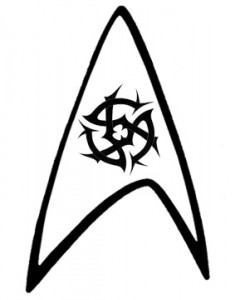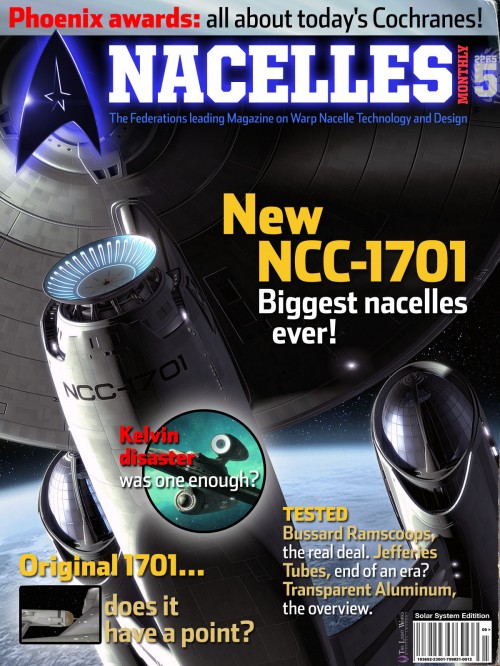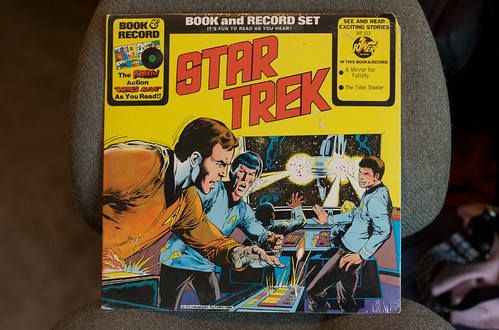I don’t often talk much about my TV watching — in some small part because after spending something over a decade as as anti-TV zealot, I’m in some ways still coming to terms with actually finding some TV worth gritting my teeth through the commercials — but one of the shows that Prairie’s managed to get me into is CSI, and last night’s episode, “A Space Oddity,” was so worth it.
I was pretty sure that I’d be getting a few laughs out of the episode from the previews, which made it clear that the murder of the week was going to be at a Star Trek convention. I didn’t expect just how entertained I ended up being, though. The writers obviously knew their stuff (not surprising, as it turns out the episode was written by David Weddle and Bradley Thompson, two former writers for Battlestar Galactica, and directed by fellow BSG alumnus Michael Nankin), and the show was crammed with funny and knowing tributes to fandom — specifically, Star Trek and BSG.
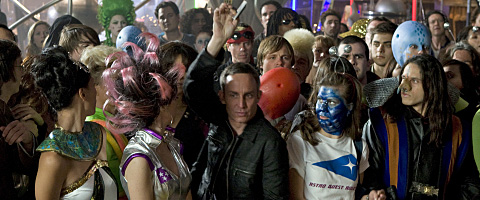
The show opens with Hodges running around Whatifitcon, a Star Trek Astro Quest convention, surrounded by various alien-costumed fen. Soon he runs into fellow CSI labrat Wendy, all dressed up in an AQ uniform. They don’t have long to bond over their shared love of “the greatest science-fiction show ever” before there’s a commotion nearby — a murder (imagine that)! Hodges calls in to CSI headquarters to let them know that, yes…”He’s dead, Jim.”
The victim turns out to be Jonathan Danson, a producer who’d been working on a modern “reimagining” of the classic Astro Quest show. The night before, he’d shown off the first glimpses of Astro Quest: Redux, and the response was…well, it was pretty much what happened when Ron Moore first started showing off his “reimagined” version of the classic Battlestar Galactica. In short, the fans were not impressed.
And here was where an already enjoyably silly episode really took off for me. I’d already been grinning from the various Star Trek gags, then even more when it became obvious that they were riffing off the recent BSG reworking. But then, as the camera pans across the shocked and horrified fans…
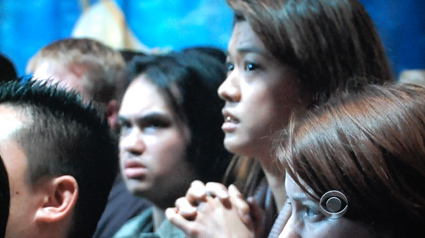
…waitasec, that was Grace Park — Sharon Valerii/Boomer/Athena/and lots of other cylons in BSG! But after just a quick glimpse of her, just long enough for me to register the cameo, another offended fan jumps out of his chair, yelling “You SUCK!” at Danson.
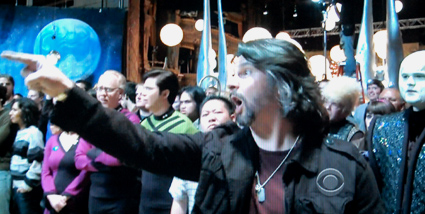
And, of course, that’s none other than Ron Moore himself, responsible for “reimagining” BSG. And the cameos don’t stop there, as an academic researching the cultural impact of the Astro Quest television show is played by none other than Kate Vernon, BSG’s Ellen Tigh.
The episode goes on from there, with Hodges and Wendy dancing around their newfound connection, complete with fantasy scenarios giving nods to ST:TOS episodes “The Menagerie” and “The Gamesters of Triskelion”, über-geeks a little too involved in the AQ world living with their mother in a room entirely remodeled to match the AQ set, and so on.
The one criticism I might have with the episode would be that it falls victim to the same trap that so many other shows do when involving the geek community, in that they rely so heavily on comedy at the expense of the fringe members of fandom (the geeks in their remodeled room in mom’s house, for example). However, given that they also spent time letting Vernon’s academic and the bartender espouse some of the less cringeworthy sides of science-fiction shows and fandom, and “outed” two regular cast members as fans (and it wasn’t even the less socially adept character who got all dressed up in costume for the convention), I’m willing to cut them some slack.
Bottom line: great episode, and worth watching (you can even see the whole episode online at CBS’s CSI site) if you’re a fan of CSI, Trek, BSG, or any combination of the above.




